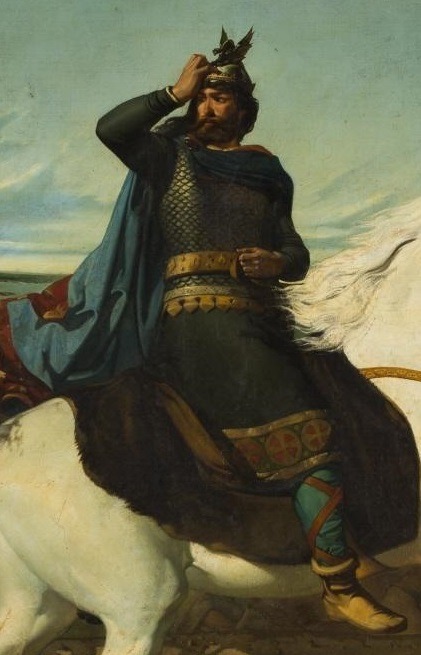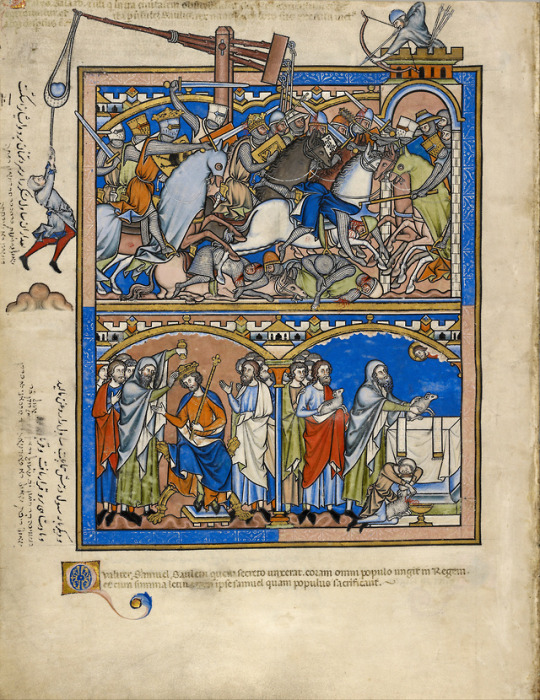Text
Roderick 𐌷𐍂𐍉𐌸𐌰𐍂𐌴𐌹𐌺𐍃

El Rey Rodrigo - Marcelino de Unceta.
The last Visigoth king of hispania Roderick, 𐌷𐍂𐍉𐌸𐌰𐍂𐌴𐌹𐌺𐍃 in gothic, is died the 19 July 711 with the visigothic kingdom in the battle of Guadalete. Despite a strong resistance, he was deafeted by Tariq Ibn Ziyad and his arabo-berbers troops, he's drowned while trying to flee.
15 notes
·
View notes
Text
Where Did European Megaliths Come From?
A recent Bayesian analysis of some 35,000 surviving megaliths from across Europe used radiocarbon dates, cultural material, and information about burial rites to estimate a chronological sequence for the megaliths.
The results suggested that megaliths first emerged in northwestern France, and spread over sea routes. “Megaliths,” for this study, included megalithic tombs, standing stones, and stone circles. They were largely built in or near coastal areas during the Neolithic and Copper Ages, supporting a sea-borne spread. And surviving megaliths, though as far apart as Sweden, Spain, and Malta, often share similar structural features. It made archaeologists suspect they were related, which was also confirmed by the statistics.
Right now, the evidence suggests that the first megaliths were dolmens – giant standing stones covered with a mound of earth or stone – built in northwestern France. Some of these were built as early as 4792 BCE. That region is also home to pre-megalithic graves and transitional structures similar to, but not yet quite, dolmens. Other regions have megaliths but they also have other forms of burials, and they have no transitional structures that appear to be evolving into megaliths. The weight of the evidence, at least the evidence available for this latest Bayesian analysis, supports a French birthplace for megaliths.
259 notes
·
View notes
Photo

Siege, Samuel crowns Saul king, and they sacrifice together, from the Maciejowski Bible .
The Crusader Bible or Maciejowski Bible, is a medieval illuminated manuscript picture book Bible of 46 surviving folios. The book consists of miniature paintings of events from the Hebrew bible, set in the scenery and customs of thirteenth-century France, depicted from a Christian perspective. These are now surrounded by text in three scripts and five languages: Latin, Persian, Arabic, Judeo-Persian, and Hebrew.
The book has traditionally been thought to have been created in Paris in the mid-1240s for Louis IX of France.
9 notes
·
View notes